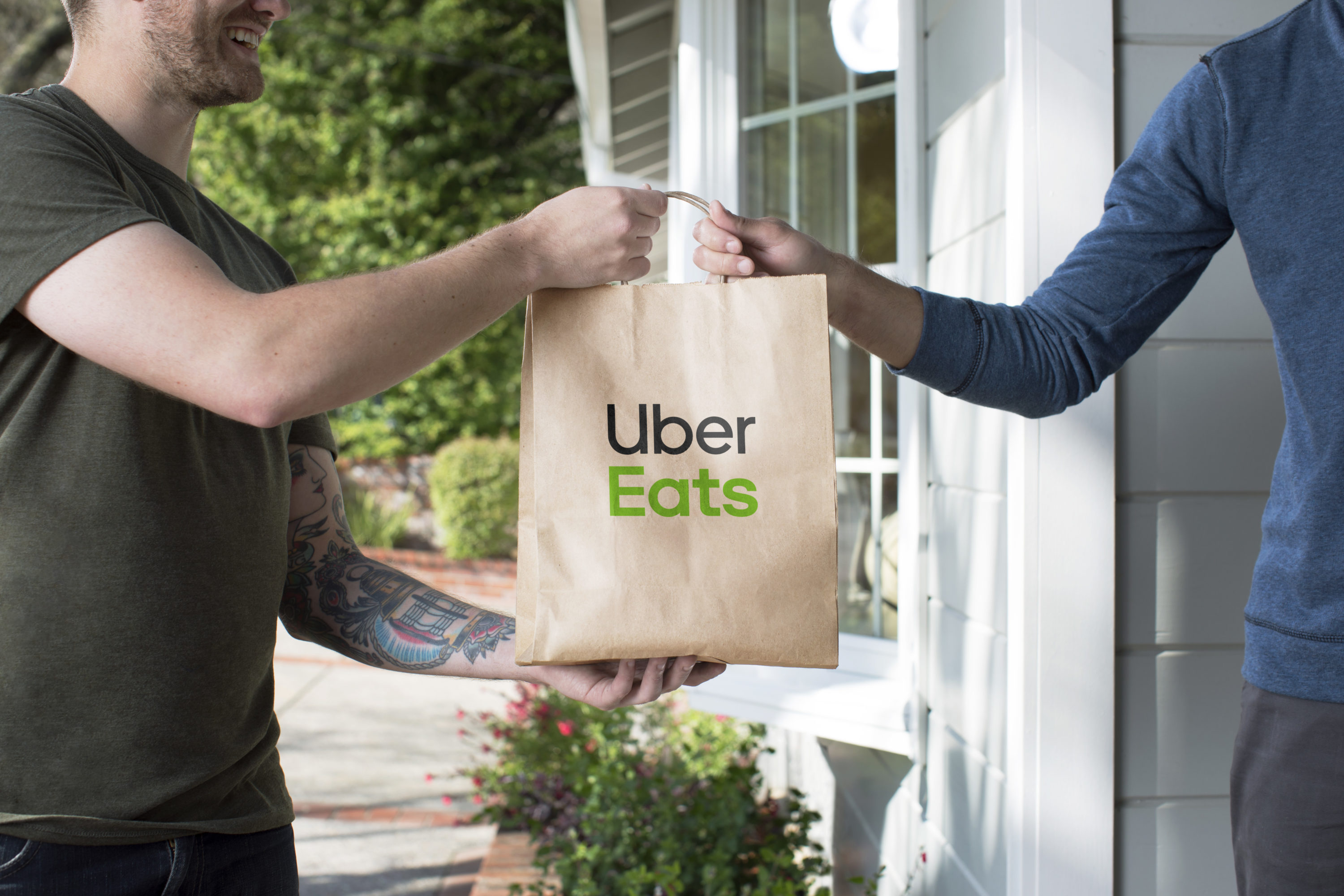Uber Eats’ Growth Strategy: Speed, Suburbs, and Self-Service

Photo Caption: Uber Eats just announced it will deliver to 70 percent of the U.S. population by the end of the year.
Skift Take
Uber Eats has proven its model is easily replicable in new markets, and it continues to increase its speed of growth. A new feature, just announced, aims to speed it up even more: now restaurants can sign up to work with Uber Eats on their own, no salesperson (or sales process) required.


